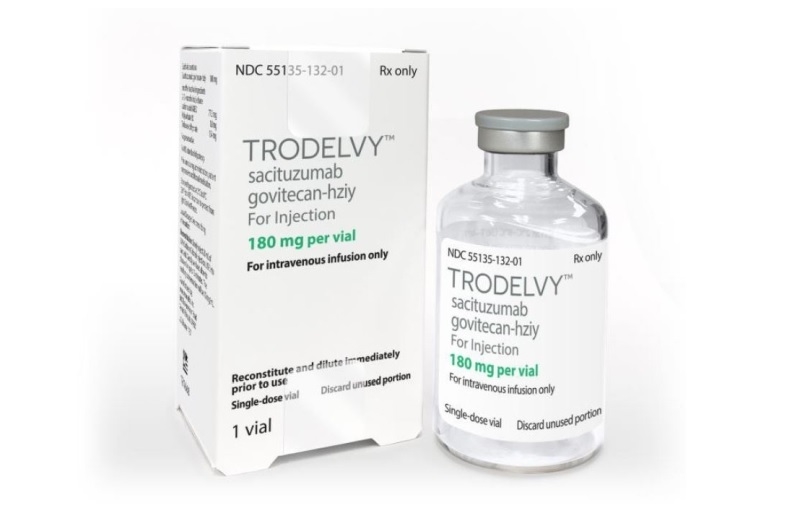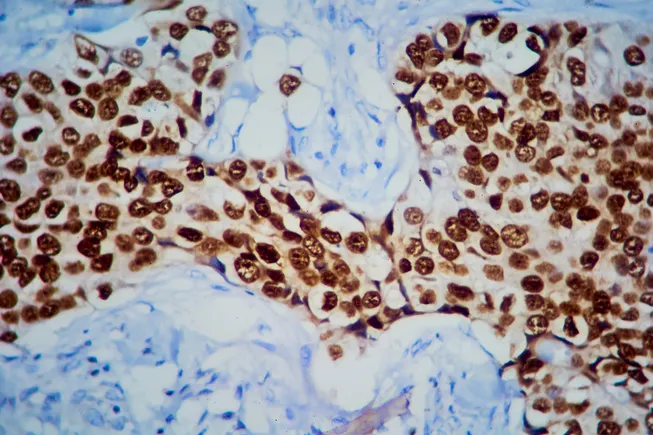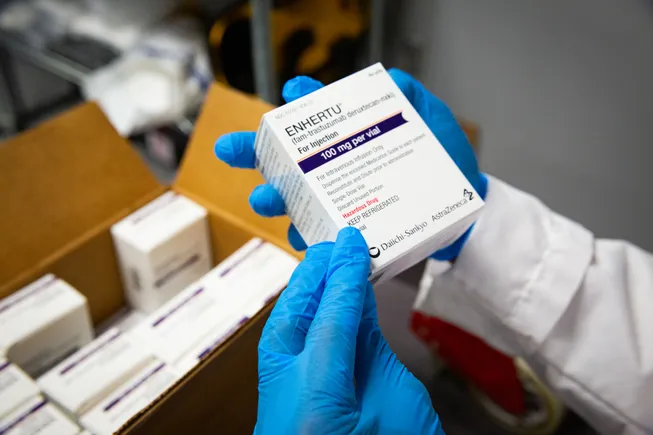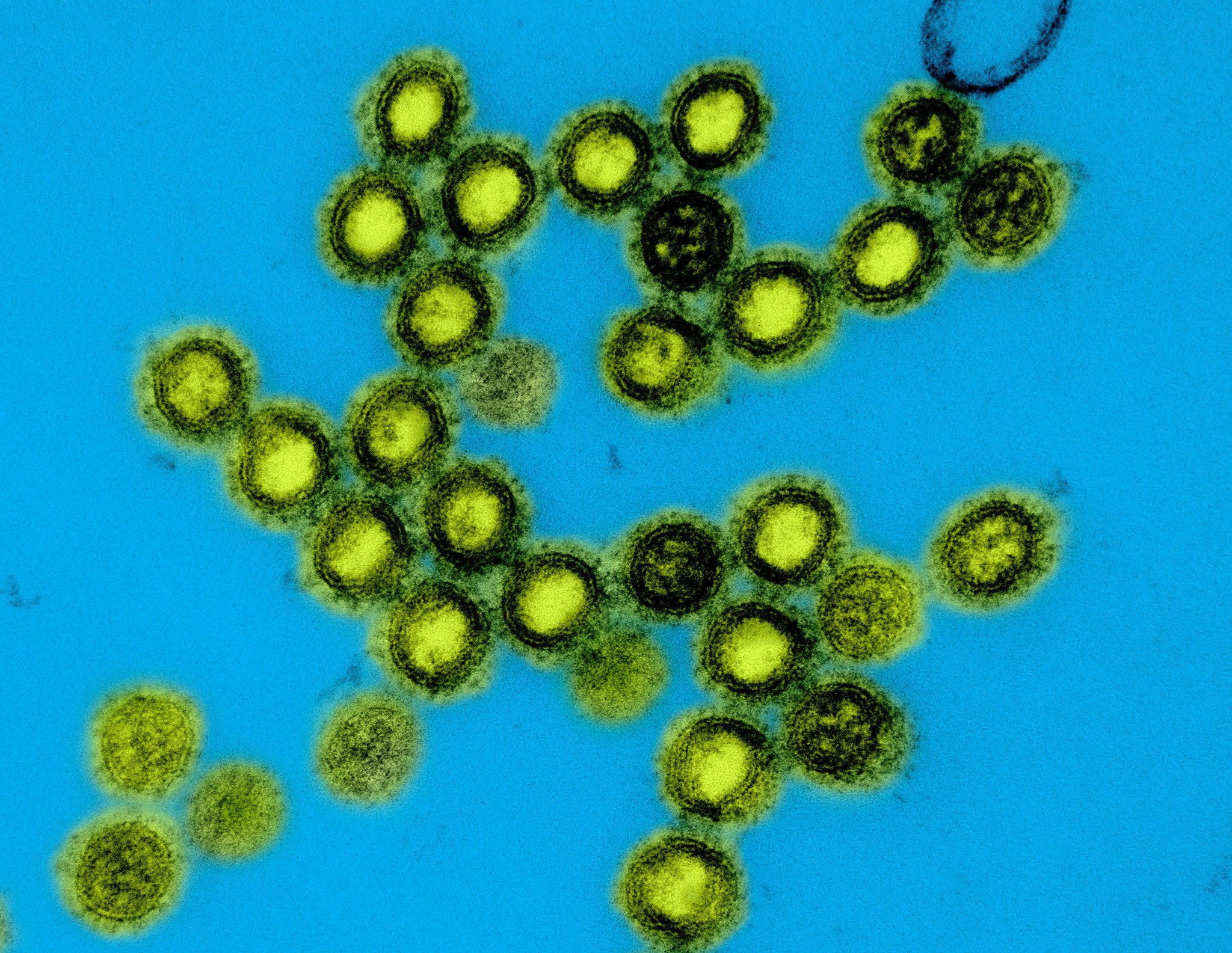Opinion: STAT+: The World Health Assembly’s giant leap on rare diseases
This is a historic moment in decades-long efforts to appropriately address the needs of the hundreds of millions worldwide living with rare diseases.

On May 24, the World Health Assembly, the governing body of the WHO, ratified landmark legislation that, if implemented fully, will change the future for people living with rare diseases. It calls for concrete action plans that will have far-reaching impacts across health care systems in diverse nations around the globe. It’s a historic moment in decades-long efforts to appropriately address the needs of the approximately 400 million people who suffer from rare diseases. People living with rare diseases face acute public health inequities — such as extremely long delays to proper diagnosis — that are unaddressed by many health systems worldwide.
A rare disease affects fewer than 1 in 2,000 people in any WHO region. Eighty percent of the conditions are genetic and, alarmingly, one in two patients are children. These are often degenerative and irreversible conditions, making early and accurate diagnosis critical to saving and improving life.
However, treatments exist for fewer than 10% of these conditions, and the nature of their rarity often leads to low awareness in the general medical community. Patients tend to consult quickly with physicians upon noticing the first symptoms, but their journey to a diagnosis, veering from one doctor or specialist to another without the right answer, lasts nearly five years on average.












































































































































